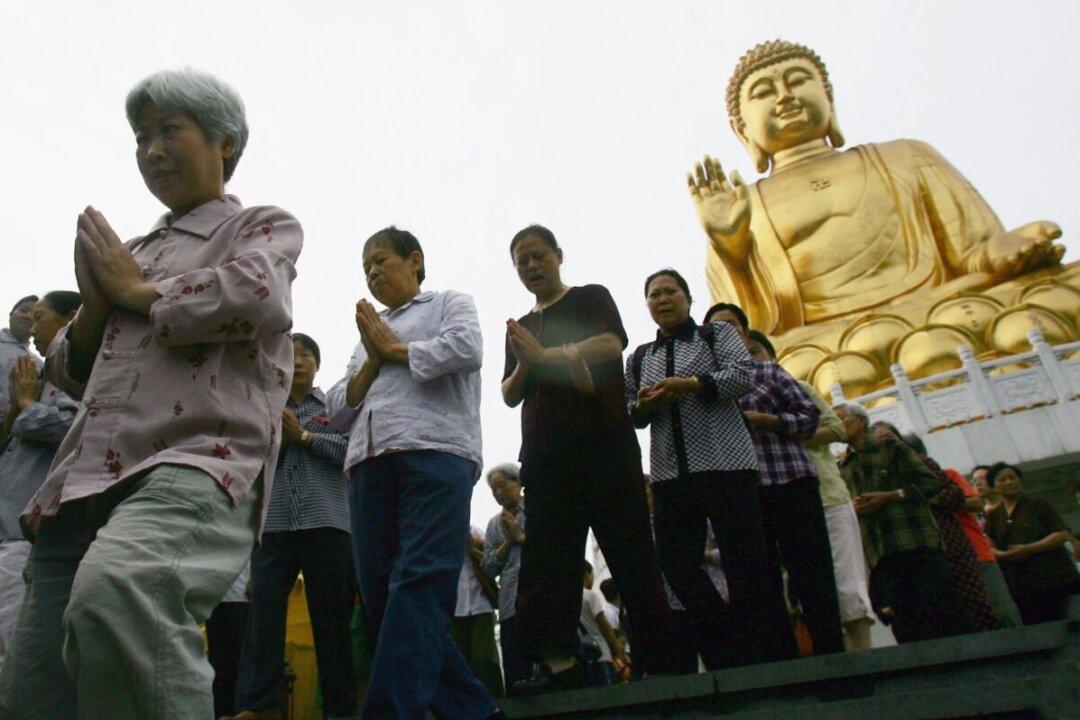A thousand-year-old statue of a monk from southeastern China, which was stolen in 1995, was found in the Netherlands 20 years later. The process of returning it to China has been lengthy as international coordination is involved.
According to the official website of the Datian County government in Sanming city in Fujian Province, on June 22, the local tourism authority said that it will double its efforts to recover the statue from a Western collector by all means.





